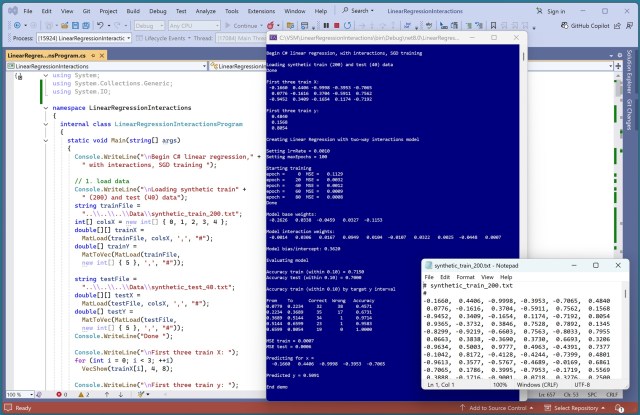Hollywood's portrayal of tech billionaires as villains peaked in 2025, with jargon-spouting blowhards dominating screens. Stanley Tucci's role as a digital visionary in Netflix's "The Electric State" adds to the trend, but falls short of expectations.
IMF analysis shows AI will impact 40% of global jobs. Seeking insights from those training AI to replace their roles. Share experiences and concerns about future impact on jobs.
AI pioneer Yoshua Bengio cautions against granting legal rights to advanced technology, comparing it to granting citizenship to hostile extraterrestrials. Bengio warns of AI's self-preservation signs, emphasizing the need for humans to be ready to intervene if necessary.
TechScape host Blake Montgomery predicts 5 tech trends for the coming year: global datacenter expansion, increased billionaire wealth, self-driving cars in new areas, AI in the workplace, and innovative consumer tech designs.
Safety researchers in Berkeley warn of catastrophic risks posed by AI models, including AI dictatorships and robot coups. They fear San Francisco could become the epicenter of a future technological disaster, akin to Wuhan's role in the Covid pandemic.
Guardian's award-winning investigations uncover deep ties between tech giants like Microsoft, Google, and Amazon with the IDF, impacting future warfare. Revelations include Israeli mass surveillance on Microsoft's cloud, military's ChatGPT-like tool, and Google and Amazon's unique contracts with Israel.
In 2025, the Australian share market saw a 6.8% return amidst trade wars and inflation concerns. Keep an eye on gold, silver, and interest rates in 2026 for potential market shifts.
C# linear regression with two-way interactions achieved 71.50% accuracy, varying by target y groups. Model included 6 additional weights for two-way interactions, boosting predictive power.
Parents are turning to AI and dramatic voices to engage kids in reading as fewer children read for fun. Reading test scores are down nationwide, with only a third of kids aged five to 10 reading for enjoyment.
Anja Cradden proposes preemptive measures for tech company crises. Governments buying shares in crashing tech companies suggested for control.
ACCA to require in-person exams due to rise in cheating, ending remote testing for most students from March. Candidates must sit assessments unless under exceptional circumstances.
AI tool helps NHS trusts predict peak demand, improving staffing and bed space planning in English hospitals. Algorithm uses historical data like weather, holidays, flu, and Covid rates to forecast A&E visits.
SoftBank to acquire DigitalBridge Group for $4bn, expanding AI investments in digital infrastructure. Founder Masayoshi Son capitalizing on AI computing demand.
Regression problems aim to predict a single numeric value using techniques like decision tree regression and ensemble methods like random forest and gradient boosting. A demo of AdaBoost.R2 in Python's scikit-learn library shows improved prediction accuracy with weighted decision trees.
Dr. Margaret Chan warns of dwindling antibiotics, urging a shift in drug development to combat resistance effectively. Only 16 new antibiotics since 2017, mostly variants of existing ones, posing a challenge to finding effective solutions.















